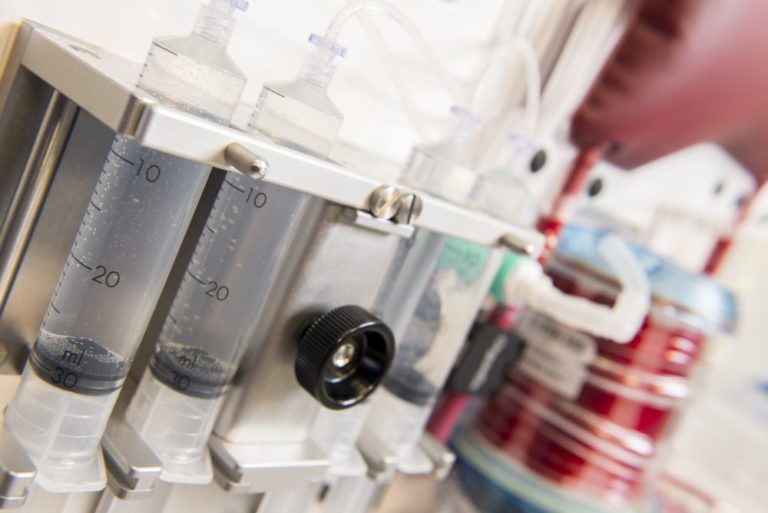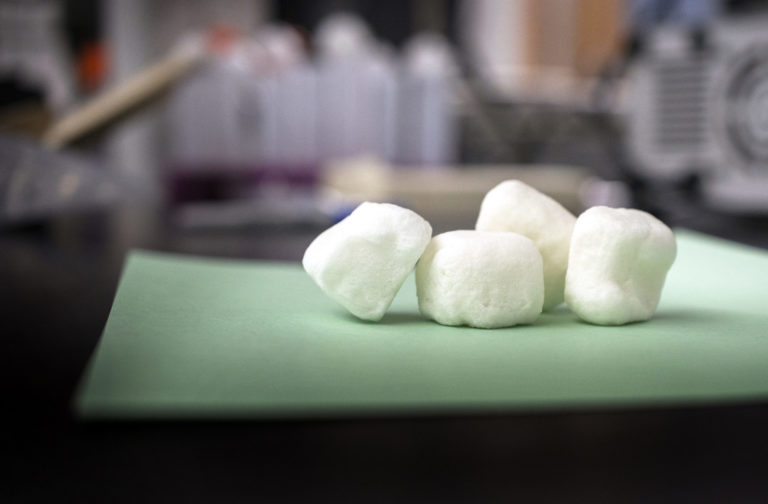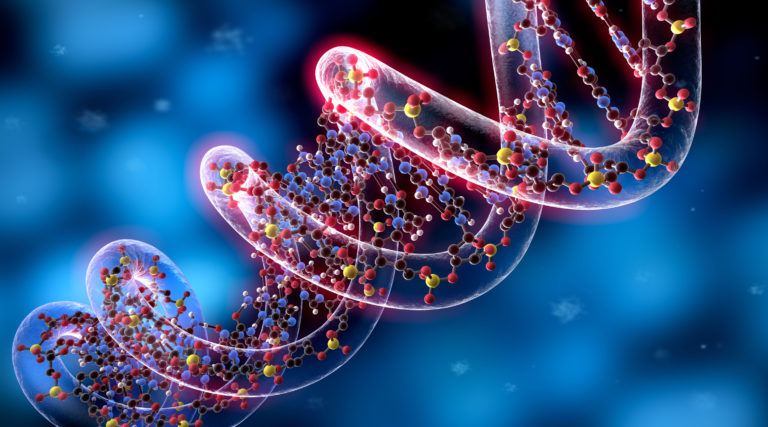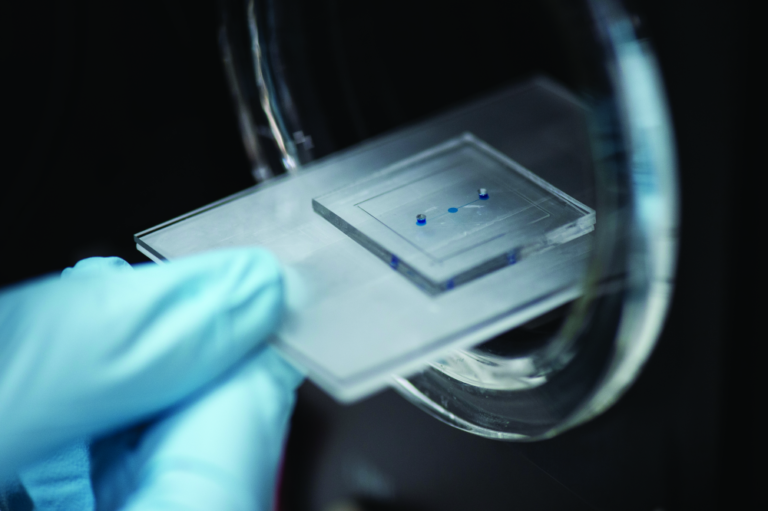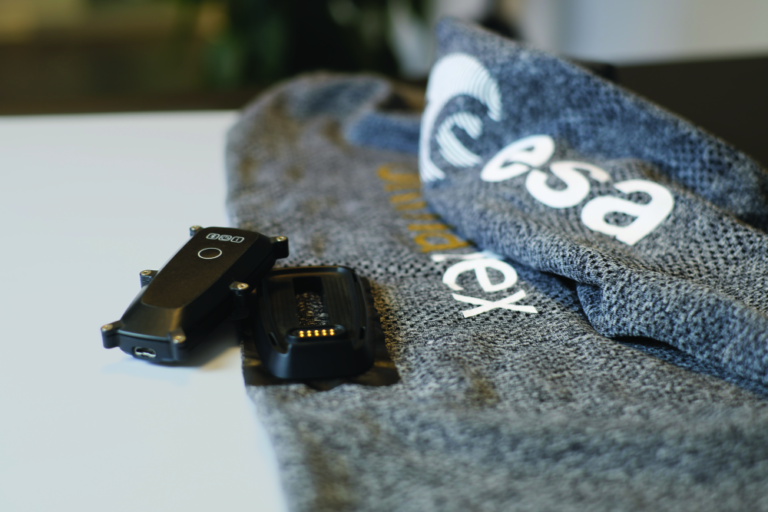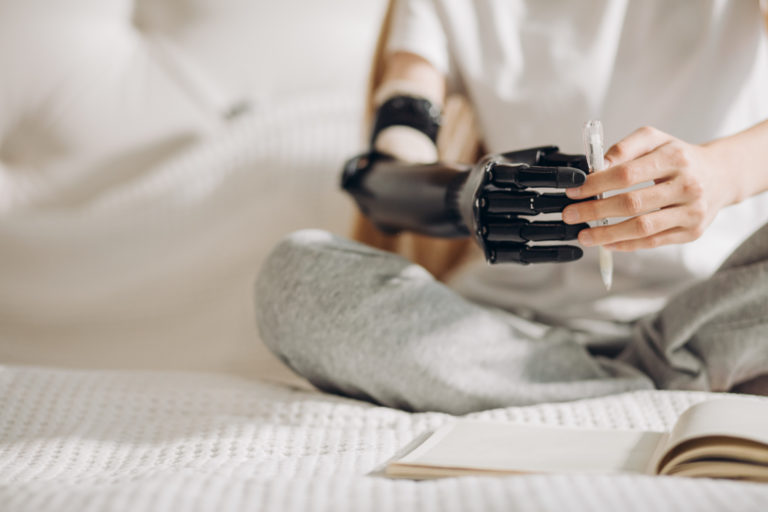Overcoming Challenges in Organ Transplantation
https://www.embs.org/pulse/wp-content/uploads/sites/13/2020/12/Bates-organ-transplantation-Metra-1.jpg
1000
668
IEEE Pulse
//www.embs.org/pulse/wp-content/uploads/sites/13/2024/03/ieee-pulse-logo-dsktp2x.png
Organ transplantation has become an established and life-saving treatment for patients with end-stage organ failure. However, patients still face constraints when it comes to access to transplantation, as well as its efficacy. One major concern is the global shortage of organs for transplantation.
read more



